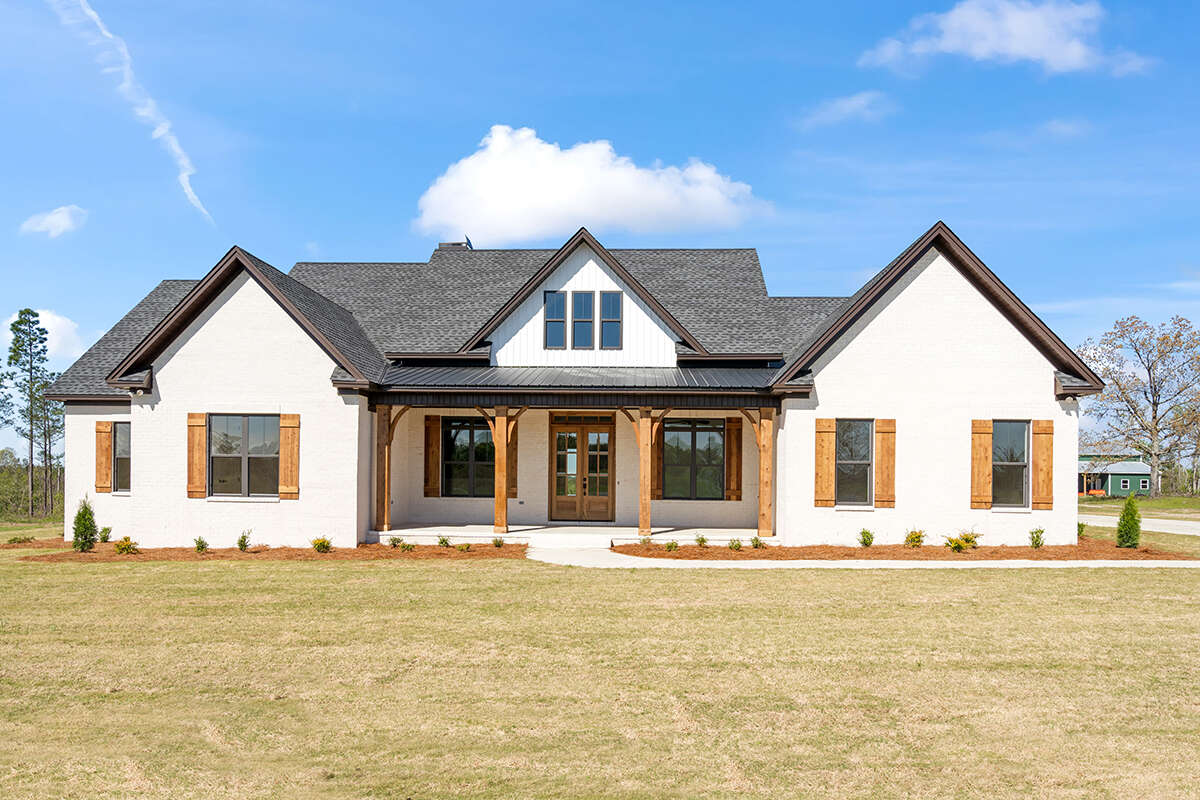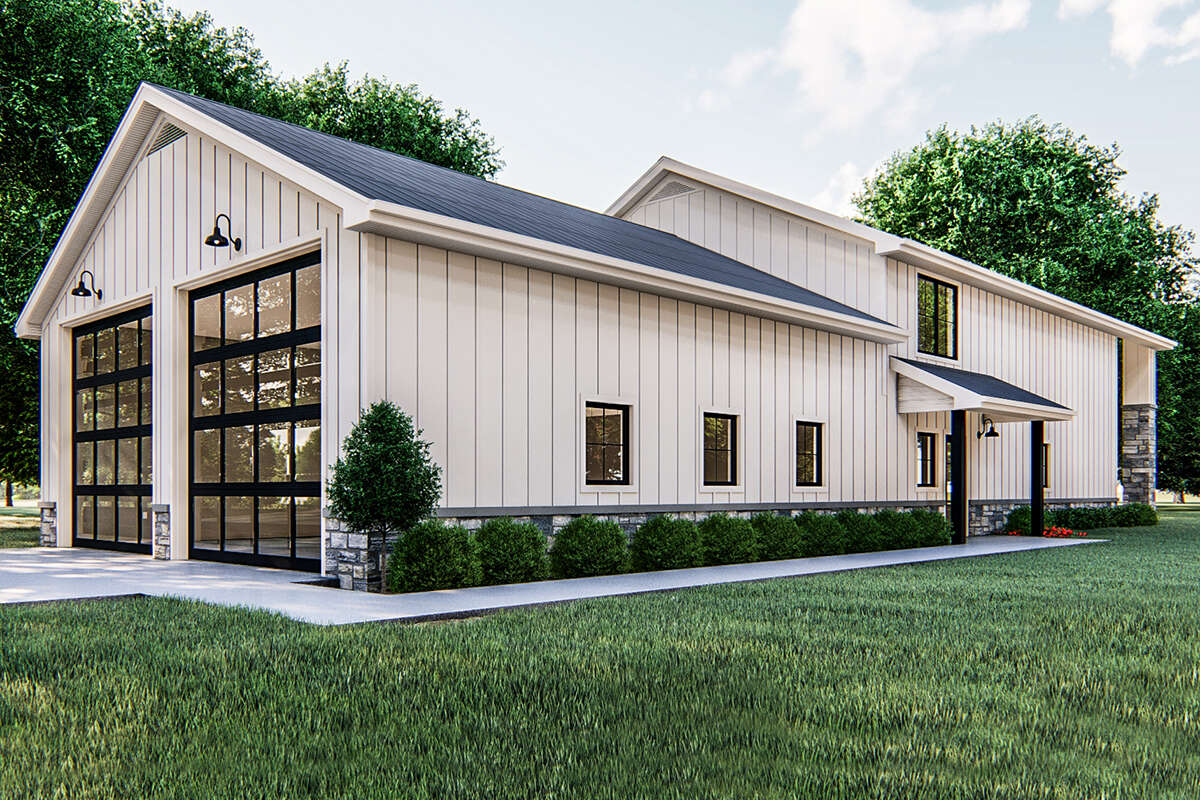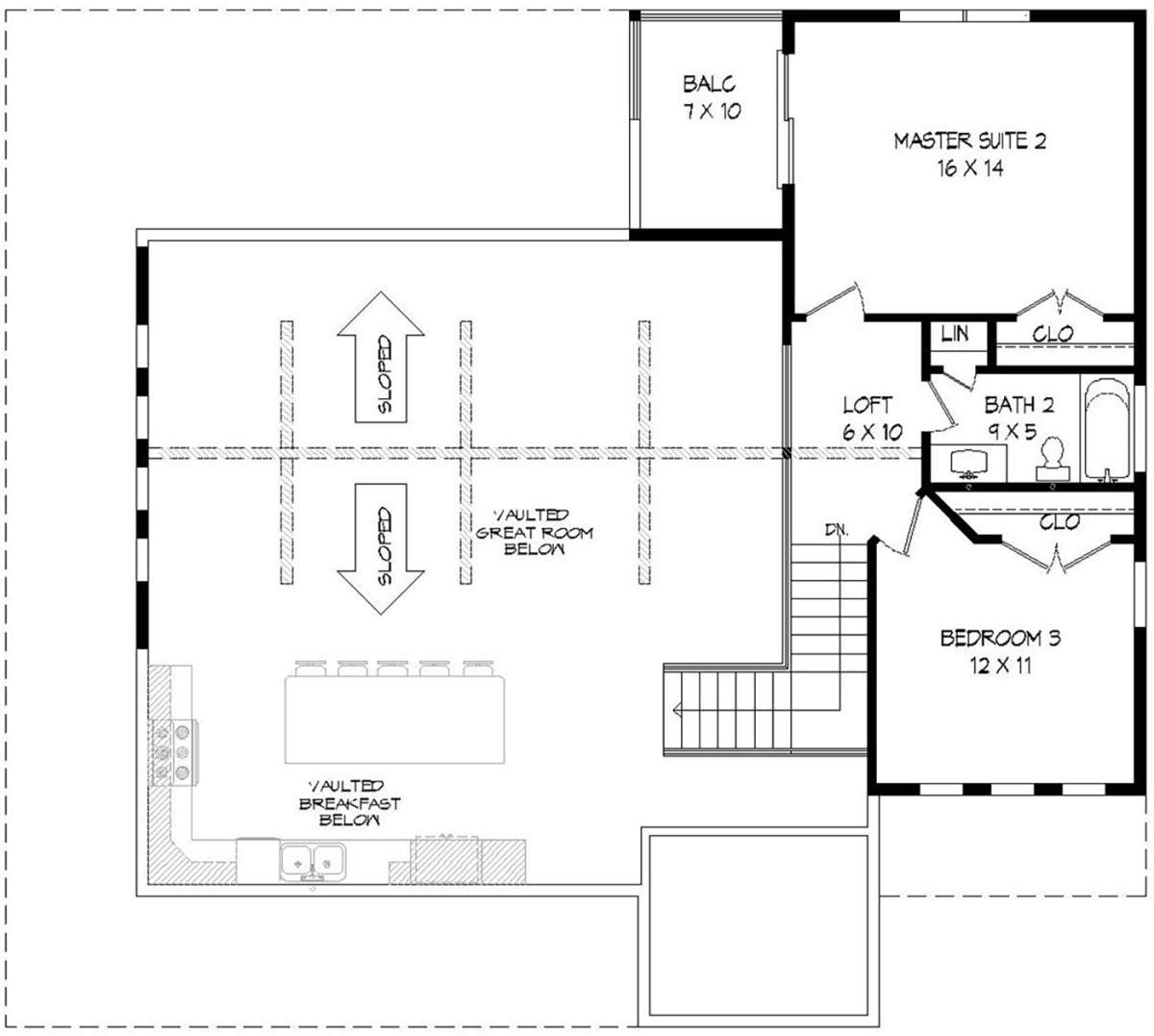How American Houses Are Built: A Step-by-Step Guide to Construction and Design
When you think about the typical American home, there are a few common characteristics that come to mind: sturdy walls, a cozy living space, and a functional layout. The process of building these homes involves a series of well-planned steps, with the choice of materials, design, and size tailored to meet the needs of homeowners.


Construction Materials and Methods
American homes are typically built using wood framing as the primary construction method. This is known as “stick framing” and involves constructing a wooden skeleton that serves as the framework for the house. The skeleton consists of wooden beams called studs, rafters, and joists, which are used to build the walls, floors, and roof. This method is popular because it is cost-effective, durable, and relatively easy to modify.



While wood is the most common material used, other materials such as brick, stone, or steel may be used for the exterior, particularly in high-end or more durable homes. Concrete foundations are standard, and drywall is commonly used for interior walls. For roofing, shingles made from asphalt are widely used, although tiles or metal roofing might be chosen depending on the climate and homeowner preferences.
The Steps of Building a House
Building an American house involves several key stages, each focusing on different aspects of construction. Here’s an overview of the process:
Site Preparation and Foundation:
Before construction begins, the land is cleared and prepared. This may include removing trees, rocks, and other obstacles, leveling the ground, and digging for the foundation. The foundation can be a slab, a crawl space, or a full basement, depending on the location, budget, and design of the house. Once the foundation is poured and cured, the next stage of construction can begin.


- Framing:
The frame of the house is built using wooden studs, joists, and rafters. The frame creates the basic structure of the house, including the walls, floors, and roof. Once the frame is up, the exterior walls are covered with materials such as plywood, OSB (Oriented Strand Board), or siding. - Roofing and Siding:
After the frame is completed, the roof is installed. Shingles, made from asphalt, are the most common roofing material, but other options include tile, metal, or slate roofing, depending on the climate and aesthetic preferences. At the same time, the exterior of the home is finished with siding (such as vinyl, wood, or fiber cement), brick veneer, or sometimes stone, giving the house its finished appearance.


Plumbing, Electrical, and HVAC Systems:
Once the framing, roof, and siding are in place, contractors begin installing essential systems like plumbing, electrical wiring, and heating/air conditioning (HVAC). Pipes for water and drainage are run through the walls, and electrical wiring is installed in the ceilings and walls to power lights, outlets, and appliances. The HVAC system, which includes the furnace, air conditioner, and ductwork, is installed at this stage as well.




- Interior Finishes:
The interior of the home is then finished, which involves hanging drywall on the walls and ceilings, followed by painting. Floors are installed, whether hardwood, tile, carpet, or other materials. Kitchen cabinets, bathroom vanities, and other fixtures are also placed, completing the interior spaces. Finally, lighting fixtures, appliances, and any other final touches are added. - Landscaping and Final Inspections:
Once the construction is finished, landscaping is often done to beautify the yard. This may include planting grass, trees, shrubs, and creating walkways. Afterward, the house is inspected for safety, quality, and compliance with building codes before the final approval is given for occupancy.


Types of Houses: 3 or 4 Rooms
In the U.S., many homes are designed with a simple, efficient layout, especially for smaller families or first-time homebuyers. A 3- or 4-room home is common and typically includes the following:
- Living Room: This is usually the main gathering space in the house, where the family spends time together. It’s often the largest room in the home and may also be used for entertaining guests.
- Bedrooms: A typical 3-bedroom home includes one master bedroom and two smaller bedrooms, which can be used for children, guests, or even as an office or study. A 4-bedroom house may have an additional room for another family member, a home office, or a guest room.



Some homes may also feature a dining room or a laundry room, though these are often optional spaces in smaller homes. A garage may be attached or detached, depending on the design.



Conclusion
American homes are typically built using a combination of wood framing and modern construction techniques. A house with 3 or 4 rooms provides a compact yet functional living space for small families, offering essential areas like bedrooms, a living room, a kitchen, and a bathroom. Whether you’re building a new home or simply curious about the process, understanding how these homes are made can give you a deeper appreciation for the effort and planning that goes into creating a place to live.\]

